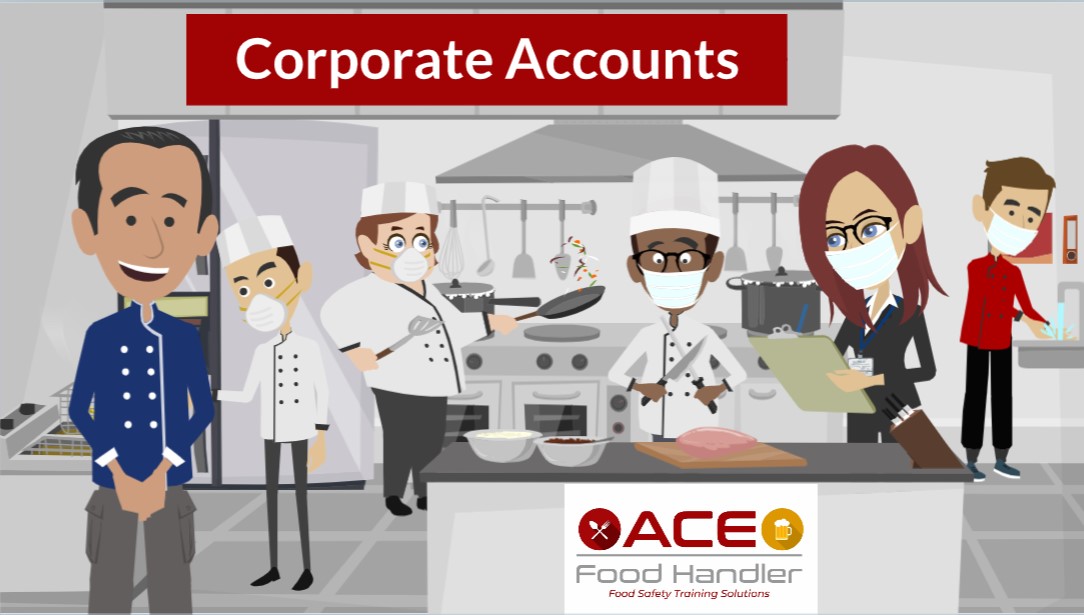Restaurant Disaster Preparedness: Safeguarding Your Business.
Operating a business means navigating the unpredictable forces of the world, whether economic fluctuations or public sentiment. Disasters—whether natural (like hurricanes) or human-made (such as kitchen fires)—underscore this reality. Having a comprehensive disaster preparedness plan is crucial for ensuring the safety of your staff, customers, and property. In this blog, we’ll explore the importance of disaster preparedness for restaurants and provide practical tips to keep everything secure in challenging times.
Restaurant Disaster Statistics
Many businesses have learned the hard way about the significance of safety and disaster management protocols. However, with foresight and planning, you can avoid unnecessary trouble. According to FEMA, approximately 25% of businesses never reopen after a disaster. Establishing effective disaster management policies can prevent your business from succumbing to unexpected setbacks.
For food service establishments, disaster preparedness is even more critical due to thin profit margins and perishable goods. Let’s delve into the specifics of restaurant disaster preparedness.
Step 1: Assess Your Business and Identify Likely Disasters
Before drafting disaster management policies, assess your restaurant’s vulnerabilities:
- Continuity Plans: Develop plans for power outages and disruptions in water supply. These directly impact your ability to preserve inventory and serve food safely.

- Consider All Disasters: Beyond natural calamities, think about various unexpected disruptions:
- Kitchen/building fires
- Earthquakes
- Floods
- Severe winter storms
- Hurricanes, tornadoes, and high winds
- Wildfires
- Boil water notices
- Power grid failures or extended outages
- Plumbing failures
- Cybersecurity threats
Remember to consider not only the direct impact on your building and staff but also potential effects on power, water, gas, transportation, internet, phone lines, and other infrastructure.
Seek insights from experienced industry professionals—they can provide valuable perspectives on preparing for diverse disasters.
Step 2: Protect Valuable Assets
Once you’ve identified the types of disasters to prepare for, focus on safeguarding your business assets:
- Insurance Coverage: Review your insurance policies. Keep in mind that historical precedents may not fully account for the increased frequency and severity of disasters due to global warming.
- Stock Essential Supplies: Prepare for likely disasters by stocking supplies:
- Secure windows
- Protect piping
- Elevate appliances to prevent flood damage
- Preserve food during outages
- Prices may surge during crises, so plan ahead.
- Electronic Assets: Don’t overlook electronic assets. Protect critical data, including:
Remember, disaster preparedness is an ongoing process. Stay vigilant, adapt, and prioritize safety to ensure your restaurant’s resilience. 🍽️🌟
You can find course to help at ACE Training Platforms and ACE Continuing Education Credits and ACE Home Mortgage. Restaurant Disaster Preparedness: Safeguarding Your Business






